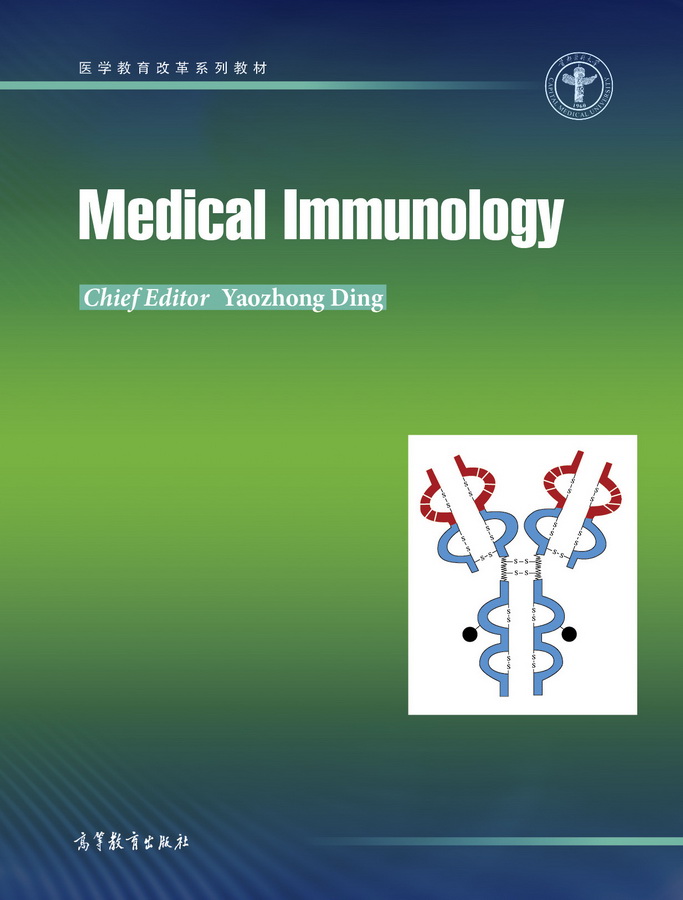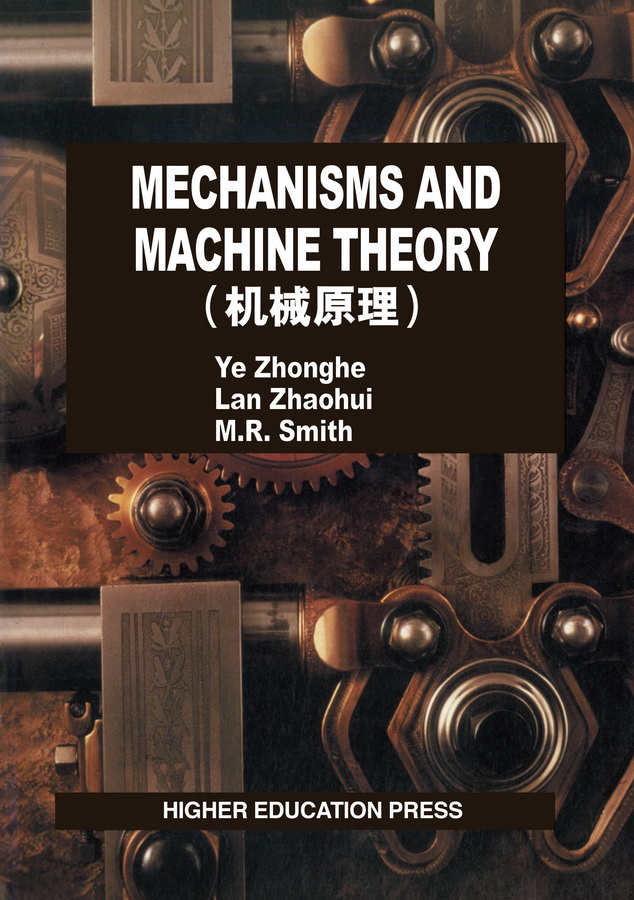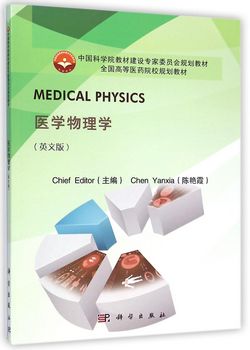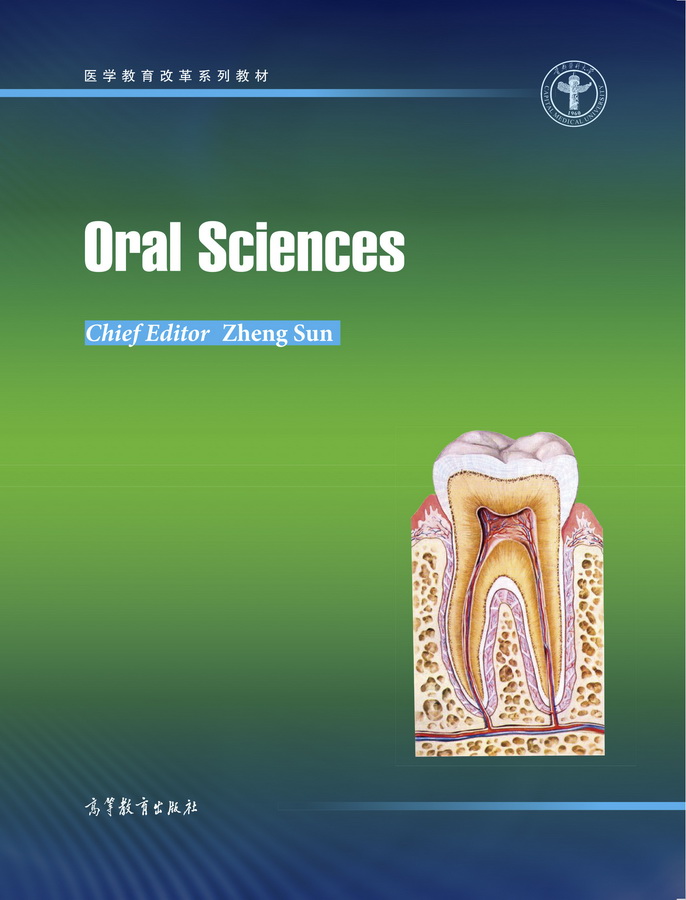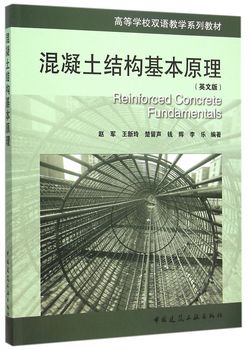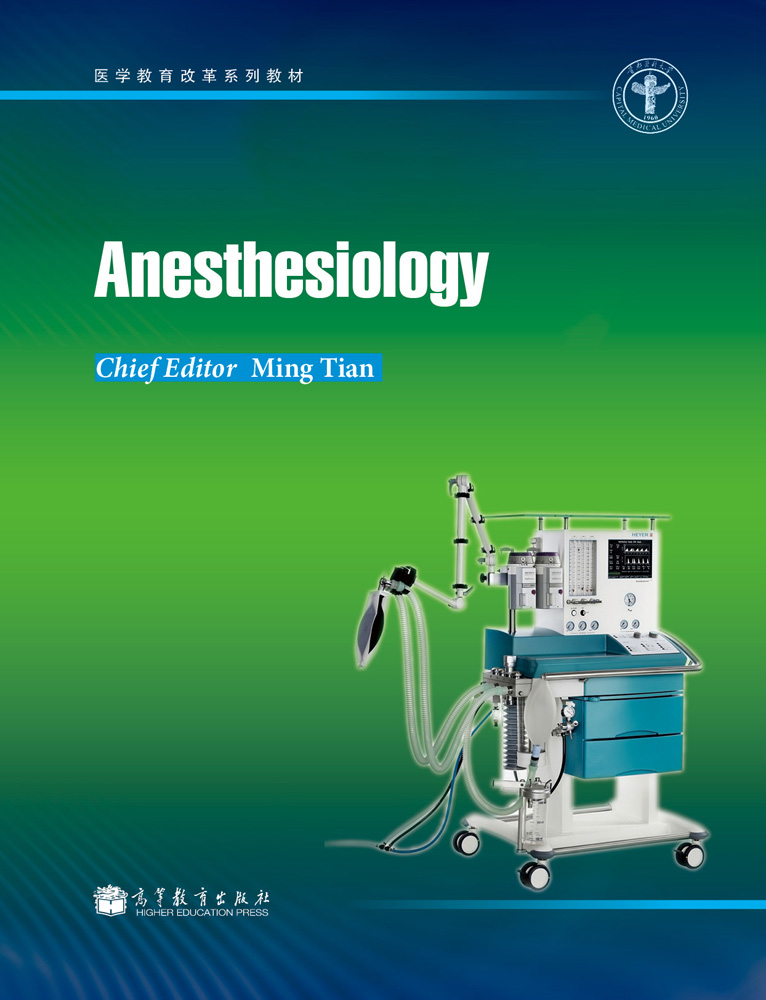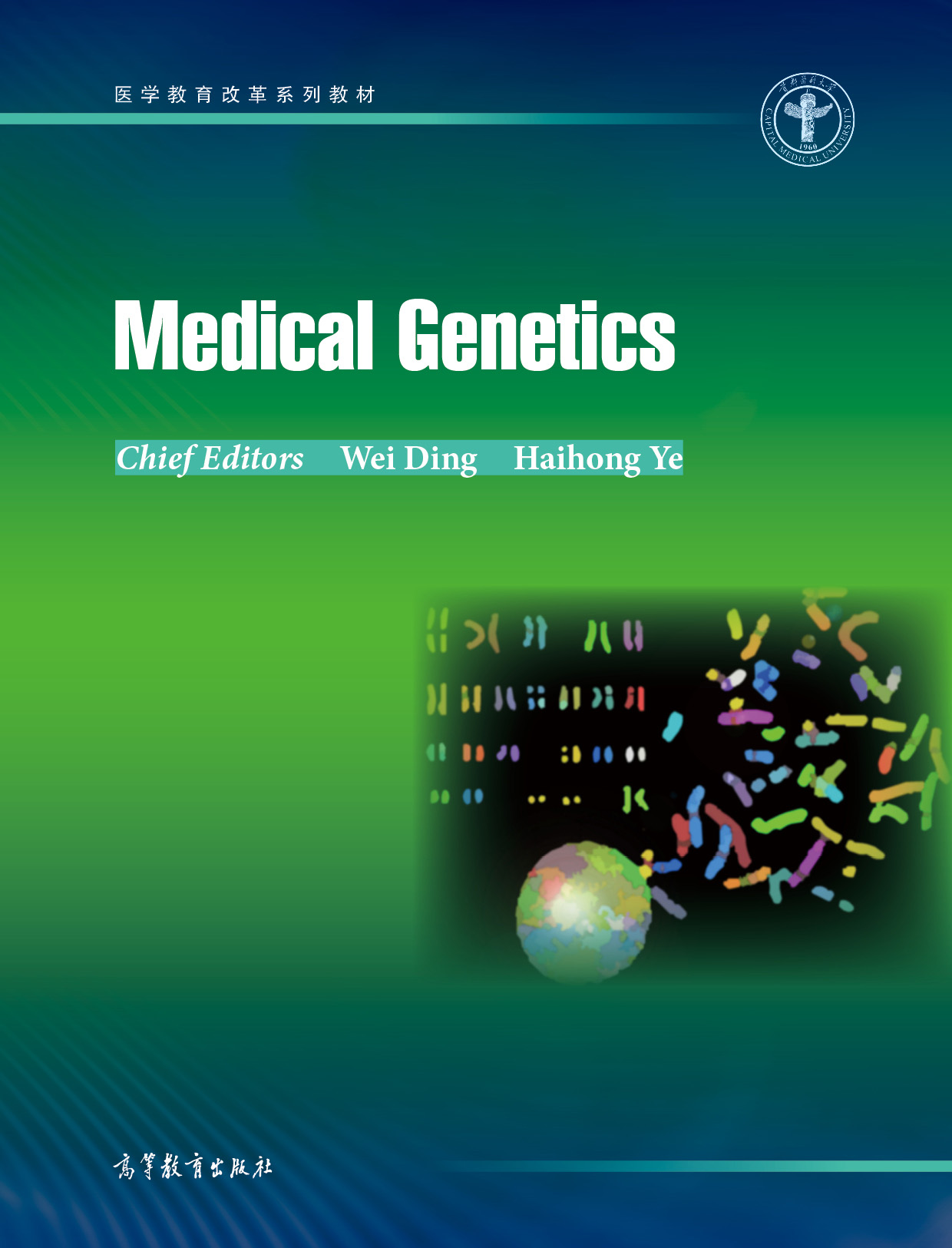Medical Immunology(医学免疫学)
作者: 丁跃中
出版时间:2017-11
出版社:高等教育出版社
- 高等教育出版社
- 9787040487404
- 1版
- 77910
- 40261410-1
- 平装
- 大大16开
- 2017-11
- 300
- 160
- 医学
- 基础医学类
- R38
- 医学
- 本科
前辅文
Chapter 1Introduction
1.1 Early Practice and Definitions
1.2 Innate and Adaptive Immunity
1.3 Humoral and Cell mediated Immunity
1.4 Key Features of Adaptive Immune Responses
1.5 Cytokines and Chemokines
1.6 Basic Properties of Immune Defenses against Microbes
Chapter 2Lymphoid Organs, Lymphocyte Maturation and Recirculation
2.1 Central Lymphoid Organs
2.2 Peripheral Lymphoid Tissues and Organs
2.3 The Lymphatic System
2.4 Migration and Recirculation of T Lymphocytes
Chapter 3Antigen
3.1 Characteristics of Antigen
3.2 Factors Influencing Antigen induced Immune Responses
3.3 Classifications of Antigens
3.4 Nonspecific Immunostimulants
Chapter 4Immunoglobulins and Antibody
4.1 Structure of Immunoglobulins
4.2 Antigenicity of Immunoglobulins
4.3 Functions of Immunoglobulins
4.4 Classes and Subclasses of Immunoglobulins
4.5 Polyclonal and Monoclonal Antibodies
4.6 Immunoglobulin Genes
4.7 Immunoglobulin Superfamily
Chapter 5Complement System
5.1 History and Nomenclature of Complements
5.2 Activation of Complement System
5.3 Regulation of Complement Activation
5.4 Primary Biological Functions of Complements
5.5 Complement Deficiency and Disease
5.6 Complement based Therapeutics
Chapter 6The Major Histocompatibility Complex (MHC)
6.1 History and Discovery
6.2 The Human MHC (HLA)
6.3 MHC Genes
6.4 MHC Molecules
6.5 Antigen Process and Presentation
6.6 HLA Matching and Transplantation
Chapter 7Innate Immune Cells and Their Biological Roles
7.1 Overview
7.2 Monocyte macrophages
7.3 Dendritic Cells
7.4 Natural Killer Cells
7.5 The Innate Immune Cells with Pan specific Antigen Recognition Receptors
7.6 Other Innate Immune Cells
Chapter 8Cells Participating in Adaptive Immune Responses
8.1 T Lymphocytes
8.2 B Lymphocytes
8.3 Antigen Presenting Cells (APC)
Chapter 9Adaptive Immune Responses
9.1 Overview
9.2 Activation of T and B Lymphocytes
9.3 Signal Transduction Pathways for Activation of T and B Lymphocytes
9.4 B Cell mediated Humoral Immune Responses
9.5 T Cell mediated Cellular Immune Responses
Chapter 10Immunologic Tolerance
10.1 Key Definitions
10.2 Central Tolerance
10.3 Peripheral Tolerance
10.4 Overview of Autoimmunity
Chapter 11Hypersensitivity
11.1 Type Ⅰ Hypersensitivity
11.2 Type Ⅱ Hypersensitivity
11.3 Type Ⅲ Hypersensitivity
11.4 Type Ⅳ Hypersensitivity
11.5 Comparison of Hypersensitivity Types and Relationships to the Clinical Disorders
Chapter 12Immunological Techniques
12.1 Antigen antibody Interactions
12.2 Isolation of Immune Cells and Effector Cell Assays
Chapter 13Immunoprophylaxis and Immunotherapy
13.1 Artificial Immunity
13.2 Immunotherapy
AppendixⅠKey Cytokines of Immunity
Appendix ⅡMain Chemokines and Chemokine Receptors
Color Figures

